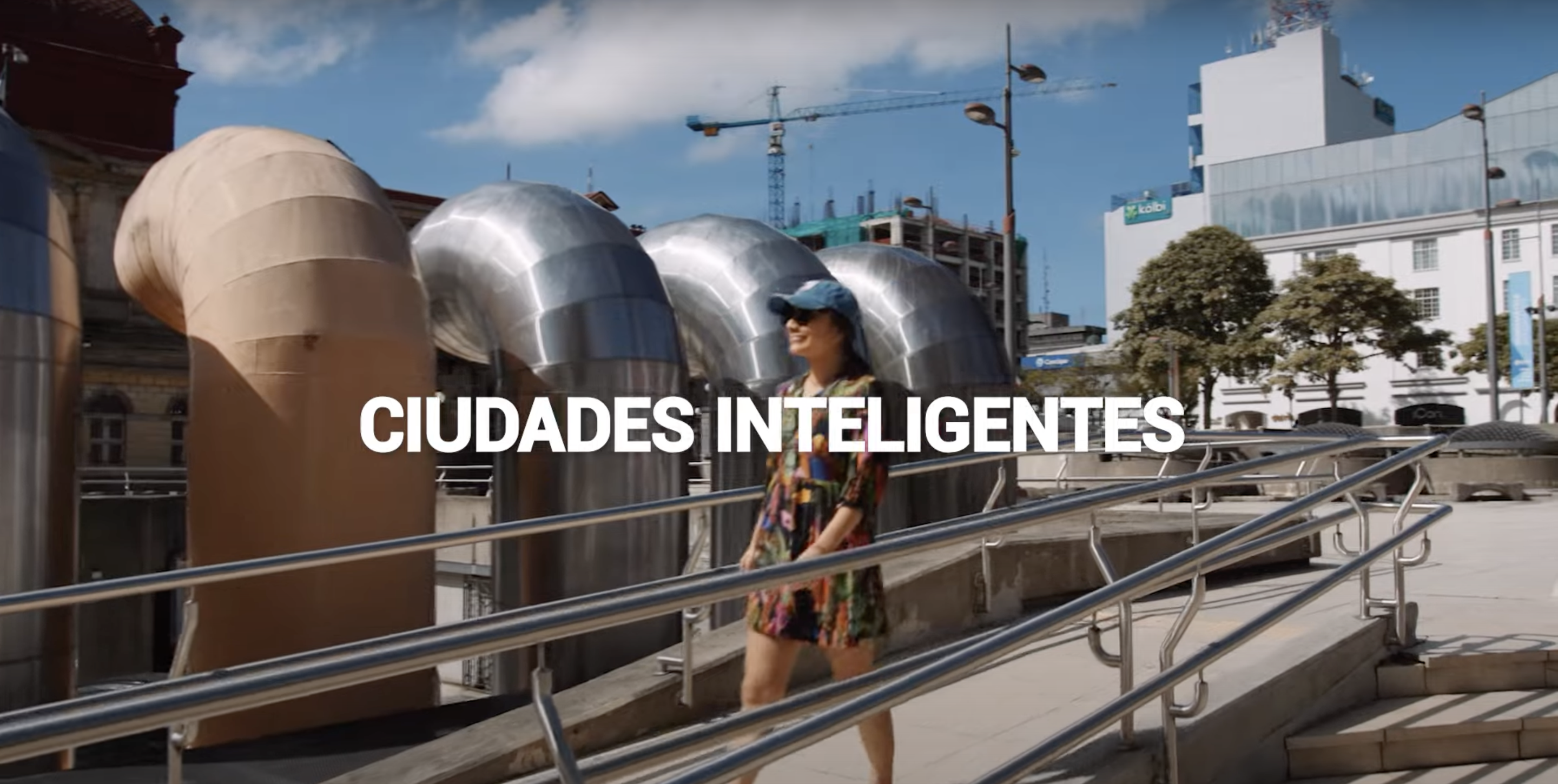SMART CITIES
Smart Cities: The Sustainable and Human Future of Urbanization.

Smart Cities: The Sustainable and Human Future of Urbanization.
There is a great need for cities to begin a transition to a series of public urban planning policies that make them more accessible, sustainable, intelligent, interconnected and attractive. This is a trend that can be observed around the world with the aim of improving the quality of life of its inhabitants. This wave of change is a sum of efforts to put people at the center of urban planning. Concerned about these issues, SMART cities have become a central theme for the Friedrich Naumman Foundation, so much so that we created the documentary Smart Cities: The Sustainable and Human Future of Urbanization.
The documentary is a tool to learn from experts basic concepts about smart cities as well as to understand their importance and necessity. Cities and their development is an issue of utmost importance due to the high concentration of people, so it is necessary that cities have a sustainable development for their inhabitants to have a full development and a higher quality of life. For this, cities must have the necessary infrastructure to meet people's basic needs. When we refer to SMART cities, it is in reference to an acronym that describes the 5 pillars necessary for a city to be efficient, sustainable and livable.
First, we find S for Start Up. This refers to the need for a good ecosystem for entrepreneurship and growth. It is necessary that both the government and the business sector encourage entrepreneurship and the attraction of talent in order to boost the economy, generate employment and create opportunities for citizens. To achieve this, cities must be well adapted and create an alliance between society, industry, government and academia.
The M represents mobility; for the inhabitants of a city to have a good quality of life, it is essential to optimize their movements to have short transportation times, this through an efficient transportation system of quality and competitive prices. Making a city efficient in terms of mobility is achieved by putting people at the center of cities in all aspects.
The A stands for accessible, meaning that a city must have quality public services that are accessible to the entire population. The democratization of public services does not only refer to services such as water, electricity or health services but should also include access to public recreational spaces. In order to be accessible, public spaces and services must be close to people, of high quality and efficient.
R is for resilience, a resilient city is one that is able to adapt to climate change and its impact. Due to climate change, more and more extreme natural phenomena are observed that urban planning must take into account in order to reduce as much as possible the damage to the lives of inhabitants, heritage and infrastructure. Public policies must protect people and urban infrastructure from possible natural disasters not only to protect people's quality of life but also as a tool to avoid costs.
Finally, the T is for transparency. This refers to the responsibility of the authorities to make their decision making and governance transparent. The purpose of this is to reduce the asymmetry of information and power between rulers and citizens. To achieve this, it is necessary that bureaucratic processes as well as governmental processes are easily accessible and transparent to the population. To achieve this, it is necessary to think of technology as a development tool through digitalization.
It is difficult for a city to perfectly meet these 5 requirements, however, we can see examples of cities around the world that are making a successful transition to become examples of smart cities. Cities must provide the necessary conditions so that people can develop fully, can exercise their rights, have a good quality of life and can build their lives. Thinking about a smart city and a smart future should lead cities to put citizens at the center of all urban planning and public policy so that they are designed by and for their inhabitants.
Learn more about smart cities in the Friedrich Naumann Foundation's handbook: https://redciudadesinteligentes.net/manual-de-ciudades-inteligentes-2-0/
